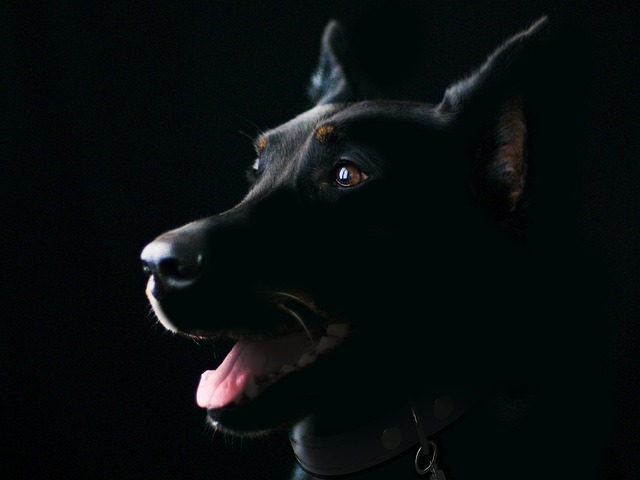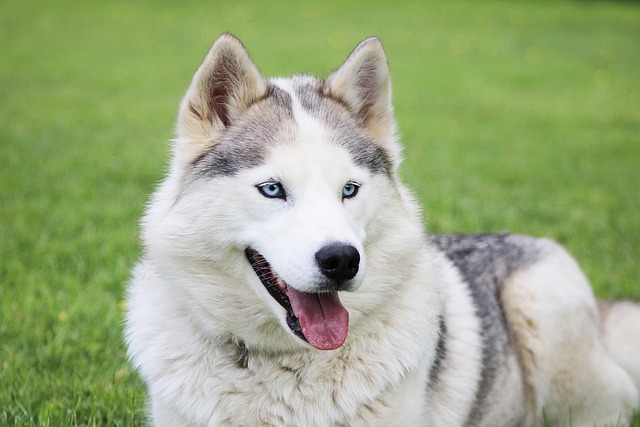
How do you teach a dog to do tricks?
Start with small, simple actions your dog already does naturally—like sitting when they want a treat or lifting a paw to get attention.
I stood in my friend Jake’s Austin apartment last weekend, watching him stare at a pile of dog supplies—his 1-year-old Labrador Retriever, Ruby, wagging her tail at the chaos. “I’m doing my first camping trip with her, but I have no clue what to bring. What dog camping gear actually matters, and what’s just extra stuff?” he asked, holding up a frilly bandana (Ruby immediately grabbed it and ran). If you’re a new U.S. dog owner gearing up for outdoor trips, the answer lies in gear that keeps your pup safe, comfortable, and compliant—no fancy gadgets required, just smart picks tailored to their needs.
To understand what dog camping gear is essential, let’s break down canine needs in the outdoors. Jake’s vet, Dr. Carter, explained that dogs face three big risks camping: temperature swings, unfamiliar terrain, and lost identification. Unlike apartment living, where Ruby has a consistent environment, camping exposes her to cold nights, sharp rocks, and the chance of wandering off. The right gear mitigates these risks: insulation for warmth, protection for paws, and ways to stay visible. Gear like the frilly bandana? Cute but useless—Ruby will just chew it, and it doesn’t address her actual needs. Scolding a dog for destroying unnecessary gear (like Jake almost did) violates U.S. animal welfare standards; she’s just being a curious pup, and our job is to pick gear that works for her, not our aesthetic.

Here’s how to build your dog camping gear kit, using Jake’s final list for Ruby: First, safety gear (non-negotiable). A sturdy harness with a reflective strip (so Ruby is visible at night) and a 6-foot leash (mandatory in most U.S. campgrounds) top the list. Jake added a GPS tracker (he uses one that clips to her harness) in case she bolts after a squirrel. He also packed a pet first-aid kit with paw balm (for rough trails) and antiseptic wipes—Dr. Carter said paw cuts are the most common camping injury. Second, comfort gear (keeps them calm). A lightweight, waterproof dog bed (Ruby sleeps on it at home, so it smells familiar) and a collapsible water bowl (he keeps it clipped to his backpack) are musts. For cold nights, he brought a fleece jacket—Labradors have thick fur, but even they shiver in 40°F weather. Third, practical extras (makes your life easier). Biodegradable poop bags (stored in a leak-proof pouch) are non-negotiable—U.S. national parks fine $200+ for leaving waste. He also packed a portable dog pen (to keep Ruby contained while he cooks) and freeze-dried treats (for positive reinforcement when she stays close).
For campground compliance and etiquette, your gear choices matter too: Avoid retractable leashes (many campgrounds ban them for safety) and stick to the 6-foot rule. Keep your dog’s bed and food away from communal areas—respecting other campers’ space prevents conflicts. Before leaving, check campground rules: Some ban dogs on hiking trails, so Jake picked a “dog-friendly” loop and planned short leash walks. Never skip vet prep: Dr. Carter updated Ruby’s rabies vaccine (mandatory nationwide) and gave Jake a health certificate—some campgrounds require proof of shots. Back at the apartment, Jake stores his dog camping gear in a labeled bin by the door—easy to grab for last-minute trips, and no more chaos.
A week later, Jake texted me a photo: Ruby curled on her waterproof bed by the campfire, wearing her reflective harness, while Jake holds a s’more. Dog camping gear isn’t about filling a bag—it’s about keeping your pup safe and happy so you both enjoy the trip. For Ruby, it was a harness, bed, and treats. For your pup, it’s about knowing their needs, picking practical gear, and following the rules. With the right kit, camping with your dog becomes one of the best adventures you’ll share.

Start with small, simple actions your dog already does naturally—like sitting when they want a treat or lifting a paw to get attention.

Walking your dog through a neighborhood park and watching them lunge at every passing pup isn’t just stressful—it can also land you in hot water with local regulations.

That moment when you bring home your newly adopted three-year-old rescue dog to your Seattle apartment, only to discover they've never been crate trained

Bringing home your 12-week-old Labrador retriever puppy to your Chicago apartment is an exciting milestone, but when night falls and those whimpers begin from the crate

Let’s address something important right away: if you’re asking about "punishing" a dog for not coming when called, you might be feeling frustrated after your German

Imagine you're hiking through the beautiful trails of Oregon with your adventurous Labrador, and suddenly they spot a deer in the distance.